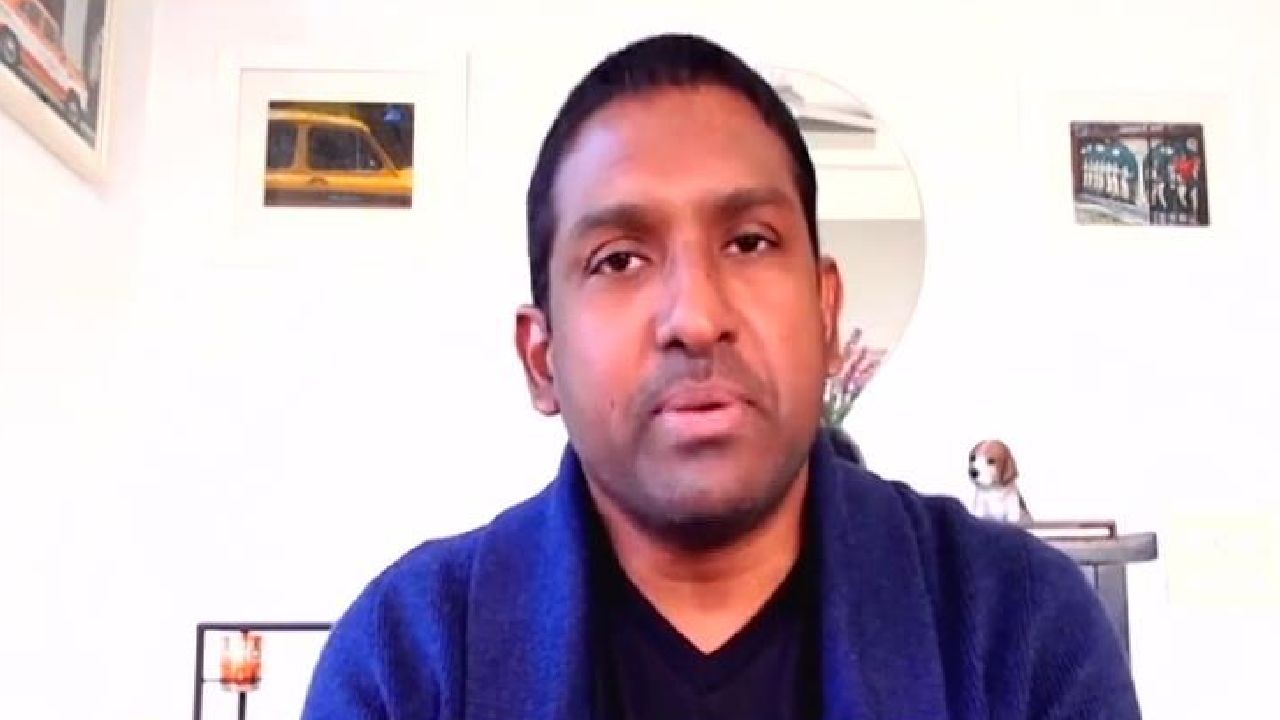Media Dialogues: BARC CEO Sunil Lulla defends relevance and future of the agency

KV Prasad Jun 13, 2022, 06:35 AM IST (Published)
 Listen to the Article (6 Minutes)
Listen to the Article (6 Minutes)
Summary
Speaking to CNBC-TV18’s Anuradha Sengupta, Lulla said the agency would continue to enhance its processes to ensure data is authentic and reliable.
Despite the extraordinary challenges of COVID-19, television managed to hold its own. Ad revenues declined less than expected with the successful staging of the 13th edition of the IPL driving sentiments. Media agencies report that despite the massive gains made by digital media, TV has retained and grown the lion’s share of adex in 2020.
But TV ratings the currency used to measure TV viewership and market share data has been under a cloud since last October when the Mumbai police revealed its investigations of alleged TRP manipulation by some channels. In an exclusive interview with Anuradha SenGupta, BARC CEO Sunil Lulla defends the relevance and future of the agency.
Also Read: I&B Ministry asks BARC not to resume news ratings till committee’s report examined
ASG: Why should people believe BARC data anymore given all that has come to light since October?
Sunil Lulla: The data is proved, it’s authentic and is trusted by hundreds and thousands of advertises. It is about a Rs 30,000 crore business in television if I am not mistaken. I see the data being released every Thursday, I have seen it being used every day because we get a lot of queries from various people, advertisers, agencies and broadcasters of all colour, shape, size, and hue. So I believe that that the data still is and will always be true to what it says – it reports on what Indian watches.
I think what we are reading about in the media, first of all let me put this into context, it is something that is being investigated by various law enforcement agencies, it is something that is a matter listed in court and discussed in court, and anything I say on it is not appropriate and sub judice and it is a matter of the past. But BARC is continuously enhancing its processes, continuously augmenting everything that it does to ensure that the data it produces is authentic and reliable and it continues to be so.
Q: It is a matter that happened in the past. It very categorically happened before you came into the role that you are playing now but the question remains about the credibility of Broadcast Audience Research Council (BARC) and its future existence. Where the future is concerned, I want to know what you make of the fact that many people including people in the government are saying that there is a credibility crisis. Just a few weeks ago, Uday Shankar, till recently the leading broadcaster in this country was on my show saying that it is time that we have – we can measure the universe accurately, it is time to do that, it is just that certain vested interests may not be allowing it. Recently, just a few days ago he spoke again saying that BARC is a letdown.
A: Let me put this in context. The matter that you are referring to is about a few individuals, it is not about the company. The company has done nothing to take away from its processes or to take away from the applicable procedures it has always depended on. There will always be or there may be a few individuals who may have been errant and that is what the law enforcement agency is looking into. It is not specifically looking into measurement company known as Broadcast Audience Research Council of India.
Having said that, there will always be individuals and many of them whom I respect and know well, who will have a point of view, there is always a learning curve and I am very happy to learn from their advice. I can put together an equally illustrious list of names who have reposed their faith.
As far as this company is concerned, its owners are the three stakeholders and these three stakeholders across various meetings continue to reinforce their faith in the company. These three stakeholders have their presence on our board and they continue to have faith in what BARC does every day. All the process changes that we do, all the augmentation that we do, and all the innovations that we do have been greatly appreciated by our board and our stakeholders.
So, at the end of the day I am not going to respond to what is out there in the media. The fact is that each and every single day advertisers, agencies, and broadcasters continue to benefit from the data that is produced by us.
Q: So you are saying that this scandal and the questions that have been asked on BARC’s credibility has not affected the value of this medium?
A: You need to appreciate that in the early part of the year 2020, television viewing was at its peak. It has never seen that kind of viewing. The average time spent went up by an hour; from 3 hours 42 minutes to 4 hours 48 minutes. People were watching TV, 7 days a week and at peak that number went up by 110 million individuals watching television 7 days a week.
It may have normalized now to 2019 levels or a little higher than 2019, but the point is there was faith in television even at a point of time when there was no original programming. People went back to see Ramayan because a large part of the younger generation missed it in the early 1980s. Ramayan, Mahabharat, a whole host of mythologies, they went onto see all the news and information that was there on COVID, and as soon as programming came back they went on to consume that same programming. We saw such a turnaround in advertising volume.
Q: Whether you like it or not, it is no longer an industry currency issue. Yes, the industry is backing it, but it has spilled over into the public domain because people are questioning or are interested at least in how this currency works and there are advertisers who have spoken up. We are talking about the news genre which is about Rs 2,500-3,000 crore in value in terms of its share of the overall television ad revenue or spend which is between Rs 25,000-30,000 crore or in that region. So if it is possible to have corrupt practices or manipulation in such a small genre then why should we believe that everything is kosher in entertainment and sports where the stakes are so much higher?
A: I am going to stop you here because I think there are no corrupt practices. If there are practices which is outside my domain, outside the domain of BARC, then I don’t think we have jurisdiction on that to make any comment. As far as BARC goes, our processes are secure. Like I said, this matter is under investigation and it is not fair for us to comment about these issues over here at this point of time.
Advertisers will make the choices they have to make; I have spent some time through the auspices of the Indian Society of Advertisers (ISA), talking to the ISA Executive Committee and to many of its members and they were very clear that television is and will continue to be the most effective means to reach the masses in India, to reach the homes of India. It will always be the screen of the household.
Let us understand that there are only 200 million homes which have a TV set and there are at least 100 million homes which are yet to get television. It will always be an aspiration for everyone to have a TV in their house. It is the most cost effective way to get information and entertainment and is something that the family enjoys viewing together and let us cherish that and let us appreciate that.
At the end of the day what television and the advertising on television does is, it stirs up demand, it stirs up consumption that drives the economy and that is why it is so very important.
Q: It’s clear that there is no existential dilemma or crisis at all at least where this medium is concerned but what about the future of Broadcast Audience Research Council (BARC), are you saying that BARC is not on the brink of an existential crisis when you hear for instance the I&B minister Prakash Javadekar talking about the Vempati Committee Report and saying ‘the government reserves the right to give guidelines and directions, those shall be given in time, but the report having come today is a big step.’ How do you react when you hear these statements?
A: I have to stop you here because your readings are out of context. First of all we all know that BARC operates as a section 8 company, is owned by three stakeholders, it applied for the license from the MIB and has obtained a license from the MIB and continues to operate under the purview of that license and operates effectively. The committee that was set-up by the MIB, because in 2008 that the committee was set-up to issue guidelines which was called the Amit Mitra Committee and this came into force many years later and thus BARC was created for the good of the industry, for the stakeholders. I think the government recognises and has been very clear that there is always a need for a stakeholder body to work together. If they may have been aberrations in the past then those aberrations need to be worked on that is exactly what has happened.
Our board is well aware of all the process changes we have undertaken to ensure we remain secure, true and faithful to what India watches. There is no such crisis for BARC, they will be individuals who won’t believe, they maybe associations who believe or don’t believe, I get a large volume of emails, phone calls and letters from people asking us to continue the data and to continue doing may other things.
I think at the end of day, yes there will be some criticism, but I think the fact that the data has been used every day tells you that. The fact that we will be doing a new BI, we couldn’t do one last year, our Broadcast India Survey which tells you how many homes have a TV set, our estimation, we couldn’t do it last year because of COVID, we are going to continue to invest on it. This is an on-going organisation. This was created for one purpose, for the purpose of advertisers, agencies and broadcasters to have a common currency and to have a common medium.
So at the end of the day the stakeholders had to sit down together and do then internalise or to introspect on what issues they may want to address and at this point of time we have addressed the issues that we need to address.
Q: So you are absolutely clear at this point of time that BARC will continue to be relevant and will do what it is meant to do which is create absolutely reliable data to measure the television industry and how this medium is functioning?
A: 101 percent.
Q: When in October, the Mumbai police revealed that it was investigating the case BARC suspended ratings for the new genre for three months. Three months are done, are you all ready to start the ratings again and when do we see news genre ratings coming back?
A: First of all our suspension of the data has got nothing to do with what was happening with the police. BARC suspended release of individual news channel data which is channel-wise so in your case CNBC, the genre data continues to be available. We continue to collect all the data, we did this on the request of our three stakeholders – the advertisers, the agencies and the broadcasters – who believe we should revisit the format of reporting this data in this category. There is a lot of competition. We report on more than 180 channels and there are 30 odd news channels, which don’t subscribe to BARC so there are more than 200 news channels. It is a hyper-competitive category and there is a way to address it. Therefore under the auspices of our technical committee called – TechCom – we have been through a process, we have now understood how we want to report, our TechCom has approved the process that we want going further, it will go up to the board for approval, the matter is with the stakeholders. When the stakeholders are ready and aligned we will roll the data.
Q: I can tell you that the lack of ratings has actually been welcomed by certain advertisers, it has been welcomed definitely by professionals in newsrooms and perhaps even the viewers because the sense of sanity and sort of easing of pressure has happened because these ratings have been suspended, is there a thought there?
A: If I may be permitted to just reflect differently, the purpose of the rating or the audience measurement system and the audience estimate we give is for advertisers to make decisions on audiences. No advertiser makes a decision based on how Thursday versus Friday was. They make the decision over periodicity of four weeks, thirteen weeks and those kind of durations. It is a little unfortunate sometimes that individual broadcasters may leverage certain peak performances within a day or within a week to show out how strong they are or speak about their performance.
However, as all advertisers and agencies will tell you, you need a fair run four weeks at least, ideally thirteen weeks to make those decisions and somebody may have the highest audience but may also have the highest price and therefore an advertiser may not be able to afford that and somebody may have a lower audience but have a reasonable price and advertiser could afford that. So there are multiple things here at play. At the end of the day, advertisers are smart, they know what to choose, they have reliable agencies to advise them and they have their ears to the ground through their field polls and through other such cohorts. So they are able to understand what their audiences whom they are interested in are watching. If you are using it to split hairs about who did better at 9 pm or some other time slot over there, I would say that is not the right way to use the data and we have enough on our website on that subject.
Q: There was a reason why the three stakeholders that make up this media landscape got together and formed BARC. It was relevant, it definitely is relevant, the question is was the corruption that has happened in the past or attempts to corrupt that have happened in the past, has that undone what this was meant to do and that question is not for you, it is for your board and it is for all the stakeholders who have got together to create BARC.
A: Let me respond because I have discussed this with the board. Let me tell you that the board continues to believe and back BARC. They have 100 percent faith in it, they understand what we do, they understand the processes, they understand the incidents that may have taken place and they fully re-impose their faith in BARC.
Watch video for more.

Elon Musk forms several ‘X Holdings’ companies to fund potential Twitter buyout
3 Mins Read
Thursday’s filing dispelled some doubts, though Musk still has work to do. He and his advisers will spend the coming days vetting potential investors for the equity portion of his offer, according to people familiar with the matter

KV Prasad Journo follow politics, process in Parliament and US Congress. Former Congressional APSA-Fulbright Fellow
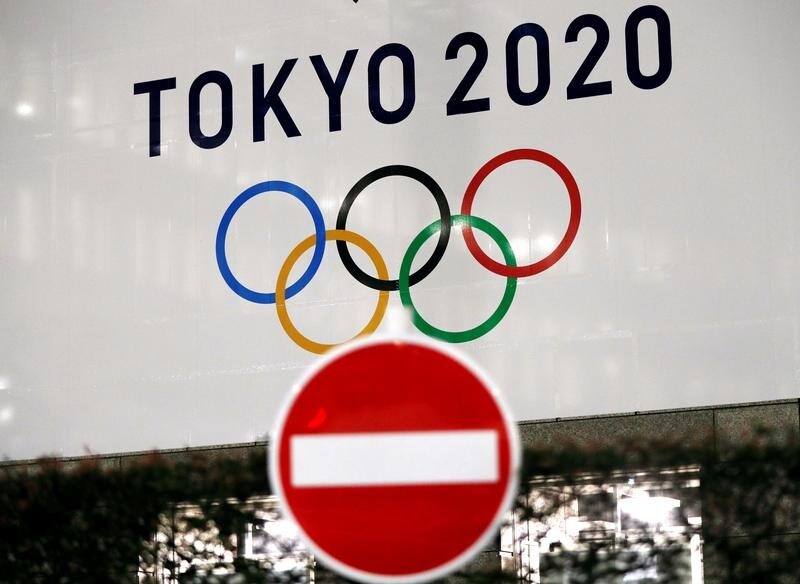
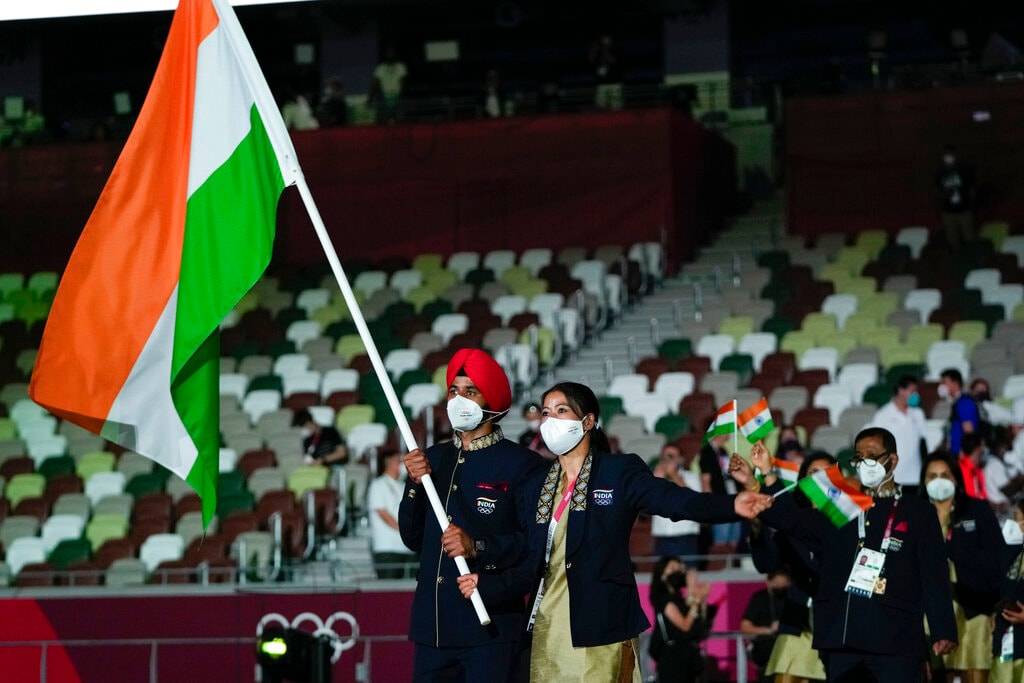
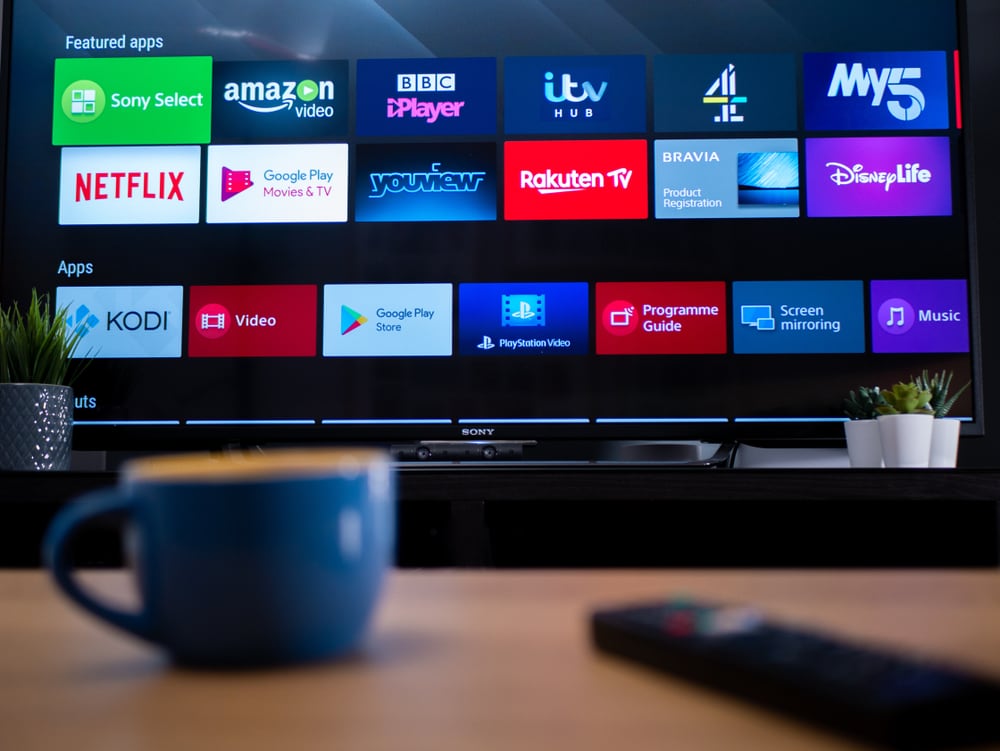
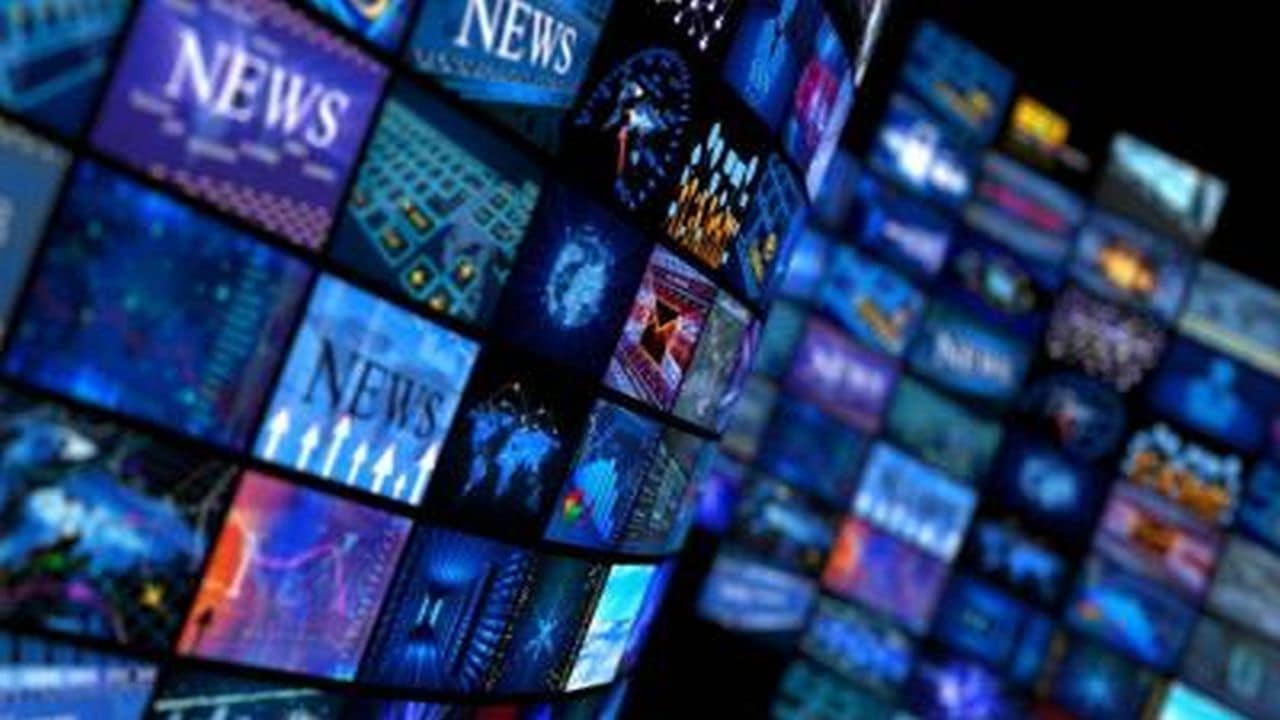
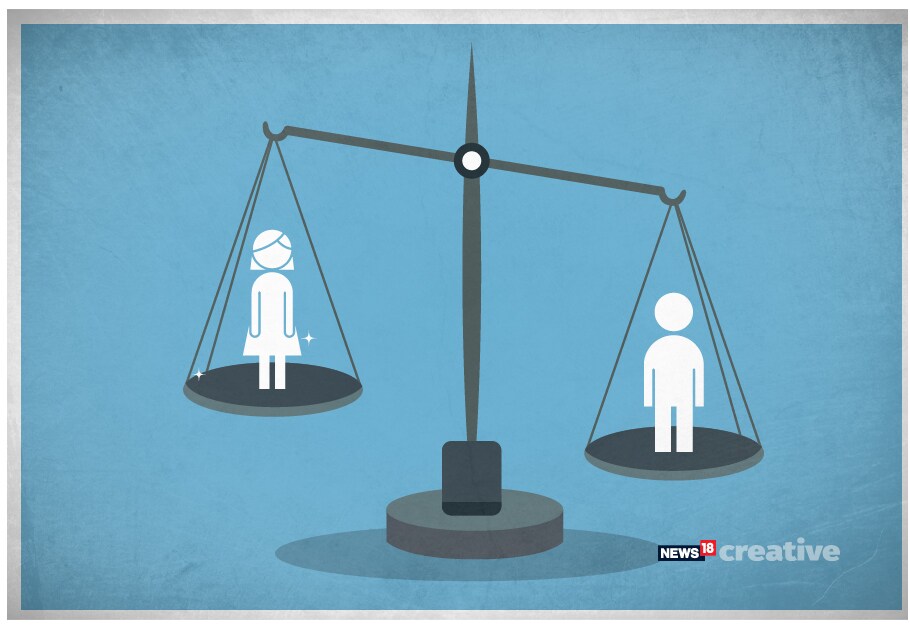
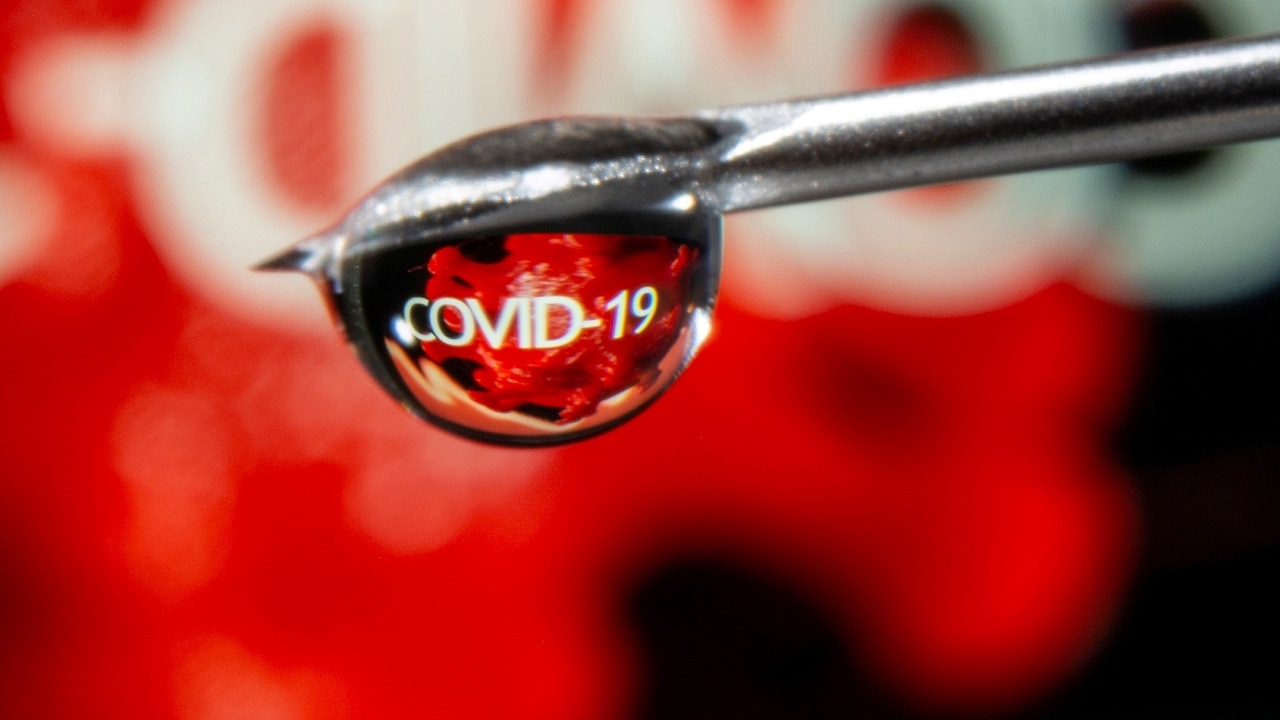









 Listen to the Article
Listen to the Article 
 Daily Newsletter
Daily Newsletter






